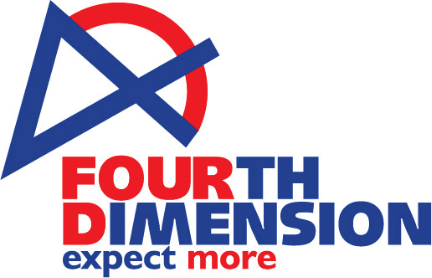Increasing IT Operational Efficiency - II
Infrastructure
Maintaining efficiency in IT infrastructure and operations is a struggle for businesses of all sizes. As businesses grow, the challenges only increase. IT operations may become more efficient, which can save costs, enhances productivity, and boosts competitiveness.
An organisation can make better use of its IT resources by simplifying procedures and minimising the time and resources devoted to tasks.
In this blog, we will see the other two crucial steps to enhancing the efficiency of your IT infrastructure operations.
- Why we should Not Monitor Everything?
Often the question of “Why shouldn't we always monitor everything?” is asked. In our experience, constant monitoring merely creates unnecessary noise and makes it more difficult to identify actual issues.
Instead, focus your monitoring efforts on the infrastructure, apps, and services that are totally vital. Over-monitoring takes away the real issues and causes operators/support engineers to configure filters to block them.
While gathering data on various elements of your systems and networks might be useful for troubleshooting purposes, alerts should strictly be confined to just actionable information that will assist an operator in taking corrective action.
The best course of action after deciding what to monitor is to centralize notifications and processes using a ticketing system or alert manager.
There are two primary benefits here:
- As personnel changes take place, it will lessen the need for a variety of administrative points of contact.
- There is a singular source for IT service-level metrics that are crucial to tracking the efficiency of your IT Operations team.
Whatever the selected system it must be simple to integrate with other IT components, offer flexible notification options, intelligent filtering to group-related notifications or alarms to avoid creating a flood of alerts during a mass outage.
It's also very beneficial if the alert manager automates the procedure for updating everyone as people take responsibility for problems or start working on them.
Email that is handled internally is insufficient as a means of communication in an emergency. Most of the time, hosted email services are superior because they rely less on the infrastructure of your company. However, in order to use hosted providers effectively, Internet access is necessary.
As a result, you must incorporate redundancy into the channels utilized for communications during a big disaster. In order to give people more options during a crisis, redundant Internet connectivity or actual off-the-wire backup (such as 4G access points) might be very helpful. Make sure your automation and monitoring solutions are simple to integrate with the platform of your choice.
If your team can access them even while the network is down, group interactions with the ad-hoc organization are a potent approach to strengthening your crisis response.
A number of these services are available now, ranging from the extremely simplistic (e.g., Slack, Jabber, and MS-Teams) to much more advanced and complex options that offer voice or video, and the unified communications system at your enterprise can be integrated with them.
You must understand, extensively document, share internally, closely monitor, and redundantly connect, irrespective of the approach you use.
If your company does not routinely do crisis drills, you might want to include one in the operating plan. It takes practice to get better, and it's always better to be caught off guard in a controlled environment than amid a true outage.
- Making Your IT Workforce More Efficient
Throughout this piece, we’ve attempted to illustrate ways in which you can avoid common pitfalls of IT management to improve your organization’s efficiency and to avoid costly and time-consuming mistakes. To sum it all up, here are several conclusions and specific best practices we’ve seen in our customer base that has proven to be both effective and efficient.
- Make IT Management as Simple as Possible, but Not Simpler
- Consolidate Your Tools
- Monitor only those resources that will Stop your business.
- Spend more Time on what metrics to measure for IT Team’s performance.
To minimize the time required to set up and maintain your systems, look for tools that allow you to manage by exceptions and automatically detect anomalies and unusual behavior. Especially focus on eliminating tools where each monitored service or application must be individually configured.
- Tools maintenance such as housekeeping, clearing of logs, and archival.
- Software updates that must be applied to multiple systems.
- Single button to update everything i.e., all subsystems.
Does it require secondary application support, such as databases that must be maintained and patched, or an OS that requires weekly reboots to stay current? Consider ways in which you can move to more stable platforms and reduce the time investment for keeping the system functional.
Following these two best practices will net your IT workforce fewer distractions and more time to focus on what’s important, in easy stages.
